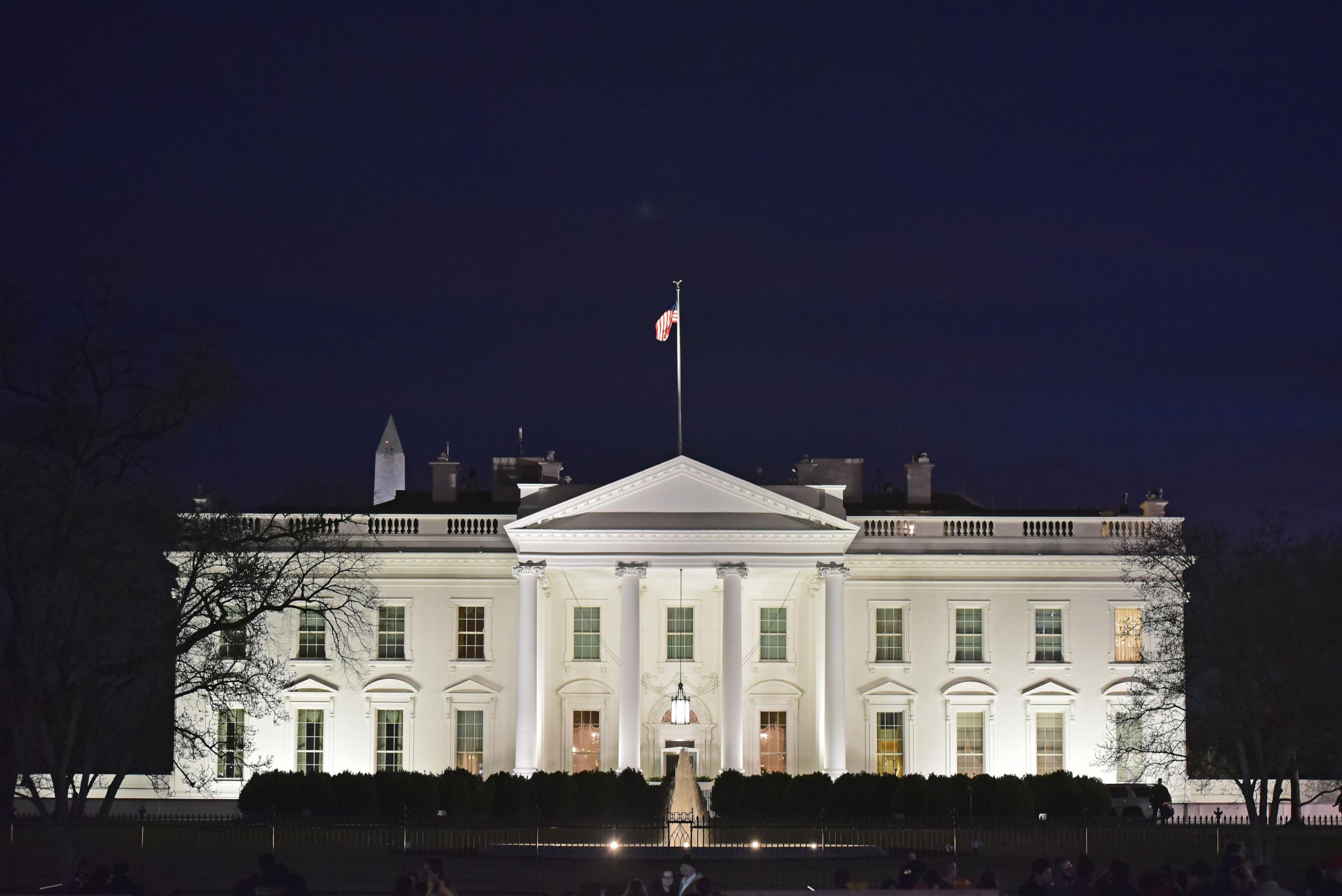US jobs report: Five things to watch out for
No economic gauge is more pivotal than the monthly jobs report

Economists are generally bullish in their outlooks for 2018: Most expect the new US tax cuts, a sturdier global economy and a healthy job market to support consumer and business spending and a steady if modest pace of hiring.
On Friday, the US Government's jobs report for January will provide an early look at whether that bright outlook is starting to come into view. Analysts have forecast that employers added a solid 175,000 jobs and that the unemployment rate remained a low 4.1 per cent for a fourth straight month, according to data provider FactSet.
Most other recent economic data have been encouraging. Factories, for example, expanded rapidly in January, according to a survey of purchasing managers, in part because a weaker US dollar and solid growth overseas have boosted US exports.
And many Americans appear confident enough to buy homes: Sales of existing houses reached their highest level in 11 years in 2017. At the same time, would-be buyers are struggling to find suitable homes because so few properties are available for sale. The demand for housing helped lift home building in 2017 to its fastest pace in a decade. Construction companies added 210,000 jobs last year, the most in two years.
No economic gauge is more pivotal than the monthly jobs report, and economists will be closely watching the data the US Labour Department will release at 8:30 AM Eastern time (1:30PM GMT).
Here are five things to watch in Friday's jobs report for January:
HAS JOB GROWTH BEGUN TO SLOW?
With unemployment at a 17-year low, there are fewer job-seekers for businesses to hire. The slimmer pool of applicants has slowed job gains the past two years. Most economists expect that trend to continue in 2018.
In December, employers added 148,000 jobs, a decent gain but below the monthly average of 171,000 for all of 2017. If hiring dipped below 200,000 in January, as expected, it would mark the first two-month streak below that level since late 2016.
Yet if wage growth picks up, some Americans who have stopped looking for work the past few years might resume their job hunt. Their influx could boost hiring in coming months.
WILL RECENT BONUSES LIFT WAGE DATA?
Roughly 3 million workers are in line to receive bonuses or raises that have been announced by roughly 275 companies after the tax overhaul was enacted late last year. That amounts to about 2 per cent of all people with jobs in the United States. Those announcements may help lift the average hourly pay data in Friday's report.
Economists also think that minimum wage increases, which have taken effect this year in 18 states, might make a difference. Analysts at Bank of America Merrill Lynch expect those and other factors to have boosted hourly pay 2.7 per cent in January from 12 months earlier, up slightly from December's 2.5 per cent year-over-year pay gain.
WILL FACTORY JOB GAINS SLOW?
Manufacturers enjoyed a resurgent year in 2017. Soaring demand for electronics, aircraft and other goods — in the United States and overseas — accelerated production. Factories added 196,000 jobs, the most since 2014.
The pace of hiring may weaken in the coming months, though. A survey of purchasing managers at manufacturing companies suggests that job gains likely slowed in January compared with December.
HOW LOW CAN UNEMPLOYMENT GO?
The jobless rate is at a 17-year low, and most economists expect it to fall further this year thanks to steady economic growth fuelled by consumer spending. The unemployment rate last fell below 4 per cent in 2000. Some economists have forecast that the rate could dip as low as 3.5 per cent by year's end. That would be the lowest unemployment rate in five decades.
WAS WEATHER A FACTOR?
A blast of cold weather in much of the country in early January likely shut down building sites and might have kept many people at home rather than spending money at restaurants, cinemas and other establishments. Such a slowdown might have temporarily reduced jobs in construction and in the restaurant and entertainment industries.
But other economists note that the weather improved by mid-January, when the government actually surveyed employers about their hiring and firing. As a result, the weather might have had little or no effect on January's job gain.
AP
Subscribe to Independent Premium to bookmark this article
Want to bookmark your favourite articles and stories to read or reference later? Start your Independent Premium subscription today.

Join our commenting forum
Join thought-provoking conversations, follow other Independent readers and see their replies